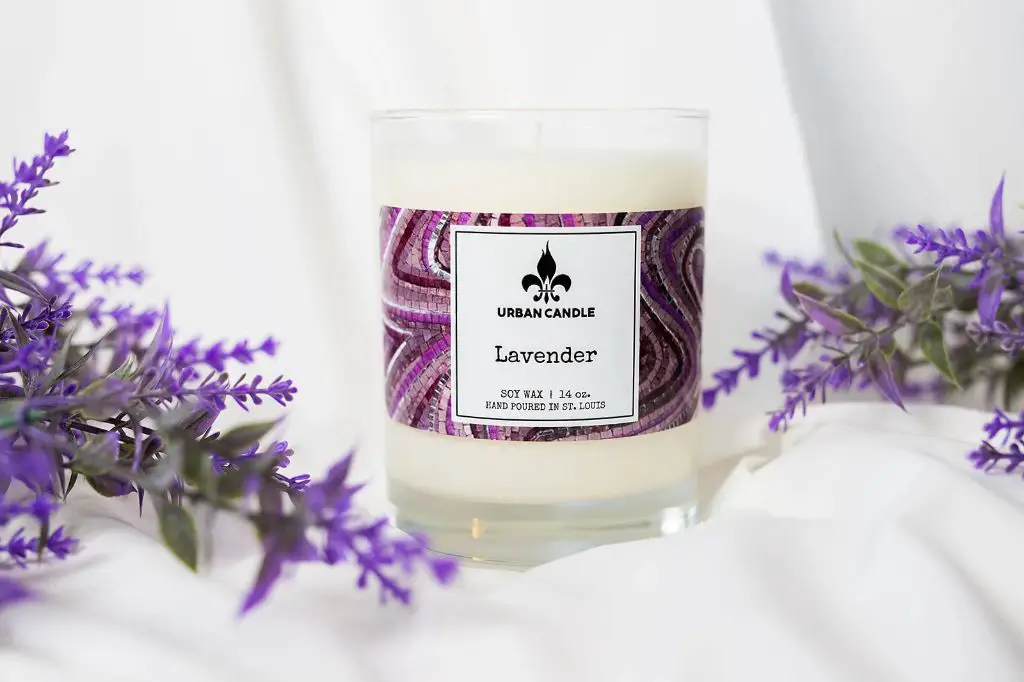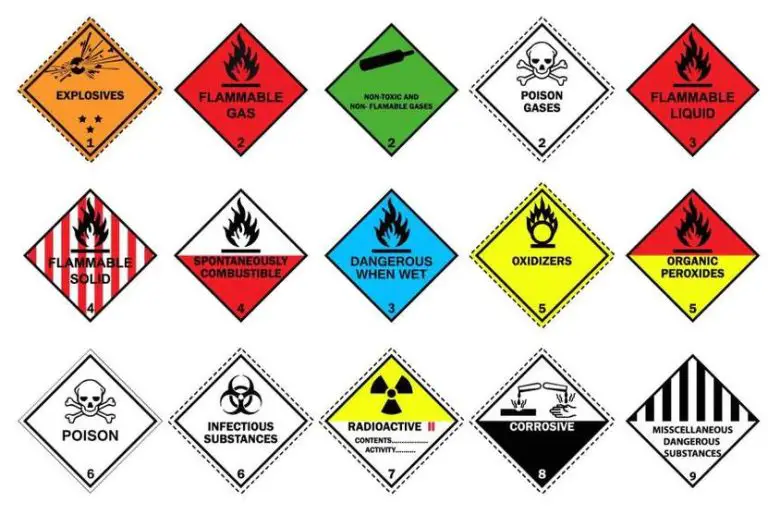Are Natural Scented Candles Safe?
Scented candles have become increasingly popular in recent years for their ability to fill a room with pleasant aromas and create an ambiance. Many scented candles today use natural essential oils and plant extracts to provide fragrance, avoiding synthetic chemicals used in older candles. But there are still questions around how safe natural scented candles are to burn, especially in terms of indoor air quality and potential health effects.
This article will provide an overview of natural scented candle safety. It will look at the types of natural scents used, benefits of natural scents, and potential safety issues to be aware of. Tips will be provided for safer use of scented candles, such as reading labels, making your own candles, and testing candles before burning. The goal is to inform readers about best practices for safely enjoying scented candles, while avoiding health risks.
Types of Natural Scents Used
Natural scented candles typically use essential oils, dried flowers, herbs, spices, and woods to provide fragrance. Some common natural scent sources include:
- Essential oils like lavender, eucalyptus, citrus oils, peppermint, rosemary, tea tree, etc.
- Dried flowers such as rose, jasmine, lavender, chamomile, etc.
- Herbs and spices like cinnamon, clove, ginger, sage, vanilla, etc.
- Woods like cedar, pine, sandalwood, etc.
The key advantage of natural scents is that they often have mild, pleasant aromas compared to synthetic fragrances, which can sometimes smell artificial, strong, or overpowering. Natural scents may be preferable for people with sensitivity to synthetic fragrances.
However, natural scents have some drawbacks. Essential oils can be quite expensive, especially for rare botanical varieties. Natural scents may fade more quickly than synthetic ones. The scent throw may not be as strong or disperse as well. And the aroma can vary batch to batch based on the natural ingredients.
Many candle makers strike a balance by using a blend of high quality natural and synthetic scents to achieve the desired fragrance notes, intensity, and burn time. This allows accentuating the pleasing notes from naturals while minimizing costs and variability.
Benefits of Natural Scents

One of the key benefits of using natural scented candles made with plant-based waxes and essential oils is that they provide pleasant scents without relying on synthetic fragrances. Essential oils are derived from plants and can offer numerous aromatherapy benefits. According to lerustiquenaturel.com, natural scented candles create a relaxing atmosphere and reduce stress.
Synthetic fragrances in candles often contain chemicals like phthalates and parabens. These ingredients have been linked to hormone disruption and other health issues. By using natural plant oils, you can avoid exposing yourself to these potentially harmful compounds. The natural scents from essential oils provide a pleasant aroma without any worries about toxic ingredients.
Certain essential oils are known for their calming, uplifting or energizing properties. For example, lavender and chamomile can promote relaxation, while citrus scents like lemon or grapefruit can boost mood and energy levels. With natural scented candles, you can incorporate these aromatherapy benefits into your home decor.
Potential Safety Issues
While natural scented candles can provide pleasant aromas and ambiance, there are some potential safety issues to be aware of when burning candles. One concern is soot emissions. According to a 2023 study, scented candles produce tiny particles of soot that can get into your lungs. Soot is a known carcinogen and regular exposure could potentially impact respiratory health over time.
Another issue is lead exposure. The wicks in some candles contain lead cores which can release lead particles and fumes when burned. Lead exposure poses health risks, especially for children. Make sure to check labels and only purchase candles with lead-free wicks.
Scented candles can also trigger asthma attacks or allergic reactions in some individuals who are sensitive to fragrances, oils, and chemical additives. It’s wise to test a candle in a small space first if you have respiratory issues.
Additionally, open flames always carry some risk of accidental fires. Never leave burning candles unattended. Keep candles away from flammable materials like curtains, upholstery, paper, etc. Extinguish candles before leaving a room or going to sleep.
Finally, scented candle fumes and soot can be harmful to pets, especially birds and small animals with more delicate respiratory systems. Ill-effects like wheezing, lethargy, and loss of appetite have been reported in pets. It’s best to use candles sparingly and provide ventilation if you own pets.
Tips for Safer Use
There are several steps you can take to safely use natural scented candles in your home:
Properly trim the wick to 1⁄4 inch before lighting to prevent overly large flames. Long wicks create soot and smoke (https://nationalgeneral.com/about-us/news-and-blog/candle-safety-tips).
Keep burning candles out of reach of children and pets to prevent accidental fires. Do not leave pets or children alone in a room with lit candles (https://www.osmology.co/pages/candle-safety).
Ventilate the room by opening a window or door when burning candles. This prevents build up of smoke and soot (https://health.clevelandclinic.org/are-candles-bad-for-you).
Limit burn times to avoid excess soot. Extinguish candles after 1-2 hours and trim wicks before relighting (https://nationalgeneral.com/about-us/news-and-blog/candle-safety-tips).
Reading Labels
When choosing a natural scented candle, it’s important to read the label to ensure it doesn’t contain any harmful ingredients. Look for candles labeled as phthalate-free, lead-free, and toxin-free. Phthalates are chemicals added to help fragrance last longer, but have been linked to health issues. Lead can be found in candle wicks and is also toxic. Opt for candles made with essential oils rather than synthetic fragrances, which can contain phthalates and other chemicals. Look for candles with cotton wicks, which burn cleaner than wicks with lead or zinc cores.
According to the National Candle Association, all members must label candles for fire safety and test them to meet specifications (1). The safety warning label can be placed anywhere on the candle, including the bottom (2). Reading the label thoroughly allows you to avoid potential toxins and identify safer, natural ingredient candles.
Sources:
(1) https://candles.org/fire-safety-candles/read-the-label/
(2) https://ctmlabelingsystems.com/labeling/candle-label-requirements-guidelines-and-best-practices/
Making Your Own
If you want full control over the ingredients, making your own natural soy or beeswax candles is a great option. The basic process involves melting wax, adding essential oils or other natural scents, and pouring into a container to set.
When selecting wax, look for products labeled as 100% soy, beeswax, or a blend of the two. Avoid paraffin wax which can release toxins when burned. For scents, use pure essential oils, dried flowers or herbs, vanilla, or other natural extracts. According to this source, a simple beginner recipe is mixing 4 cups soy wax and 1 cup coconut oil with your desired oils or extracts.
Safety tips when making your own candles include wearing gloves to avoid skin irritation, working in a well-ventilated area, and allowing adequate time for candles to fully cure before lighting. Test wick size and wax consistency to achieve the ideal burn. With the right techniques and ingredients, homemade natural candles can be a safe, customizable option.
Testing Candles Before Use
Before burning any new scented candle, it’s important to test it first. This helps ensure the candle will burn safely and properly. Here are some tips for testing candles:
Trim the wick to 1⁄4 inch before lighting to avoid excess smoking and sooting. Light the candle and let it burn for 5-10 minutes. Check that it is burning evenly with a bright flame and not producing excess smoke or soot. Extinguish the flame and check for any scent throw. Make sure the scent is noticeable but not overpowering in the small testing space.
If you have sensitive skin, do a patch test by applying a small amount of melted wax to your wrist and letting it dry. Check for any skin reaction over 24 hours. If all goes well with testing, you can feel comfortable using the candle in your intended space. But initially keep it in a well-ventilated area and keep an eye on the burn for the first few uses.
It’s recommended to do an initial test burn of any new scented candle, as noted in sources like this Northwood Candle Supply article and this Craftybase post.
Know When to Extinguish
It’s important to not leave candles burning unattended. According to https://www.osmology.co/pages/candle-safety, you should always extinguish the candle if you are leaving the room or going to sleep. Unattended candles can lead to dangerous fires or unwanted sooting.
You should also watch out for signs like tunneling or excessive sooting, which indicates the candle is burning improperly. According to https://candles.org/fire-safety-candles/, you should extinguish the candle if the flame gets too high or flickers repeatedly. Let it cool, trim the wick, and check for drafts before relighting.
In general, extinguish scented candles if any safety issues are observed and relight it properly to avoid potential hazards.
Conclusion
In summary, natural scented candles can be a safer option than synthetic candles, but they still require some care in use. As discussed, natural scents like essential oils often have fewer toxic chemicals than artificial fragrances. However, any scented candle can still trigger asthma or allergies in sensitive people. It’s important to read labels carefully, test candles before use, avoid overheating, and watch for respiratory irritation. While natural scents may be less hazardous, scented candles should still be used moderately and with proper ventilation. In moderation, natural scented candles can provide pleasant aromatherapy benefits, but be aware of individual sensitivities. With careful selection and usage, natural scented candles can be an enjoyable way to scent your home safely.




